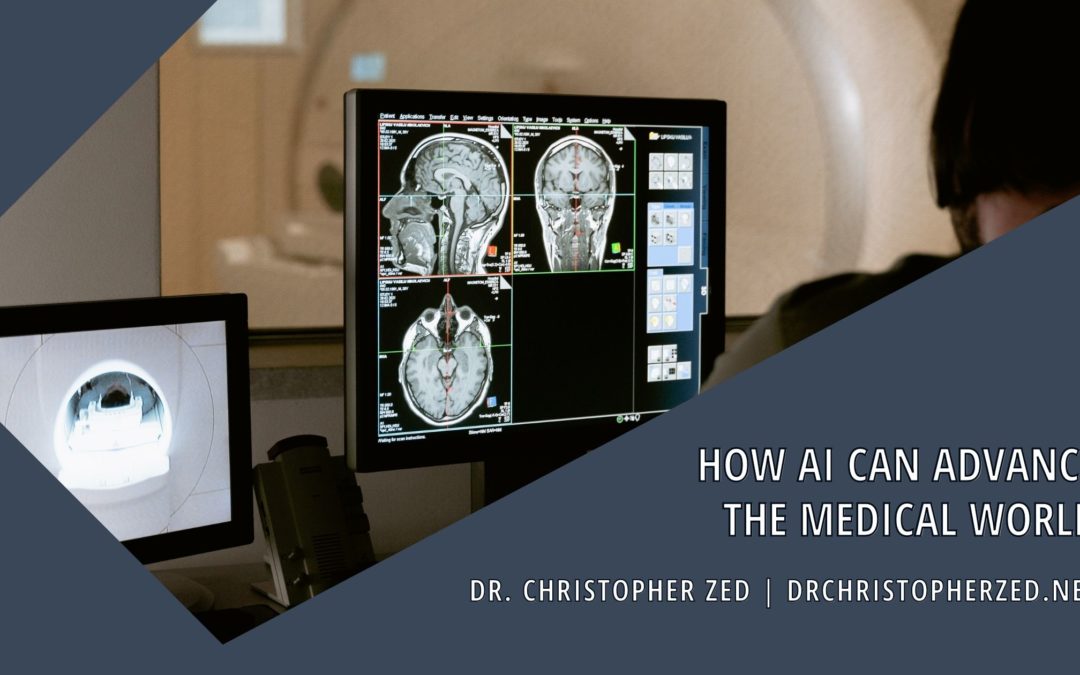New technological advancements have changed the way we look at medicine, and in turn, that has saved countless lives. Yet, there is still a long way to go in the world of healthcare, and it looks like AI will bring with it the greatest leaps yet.
There are countless ways AI has already improved medicine, which has further encouraged more studies and more inventions to appear across the board. Imagine what it will have changed over the next ten to twenty years.
Currently, AI can help detect certain diseases at an earlier stage than ever before. For example, AI in translating mammograms is faster (by thirty times) and more accurate, yielding a 99% accuracy.
In May of 2021, biomedical engineers from Duke University announced that their AI could spot neurons better than a human could. Here they used a combination of Optical Coherence Tomography (OCT) adaptive optics and deep neural networks to try to find and identify neuron-damaging conditions within the eye and brain.
Going forward, what can we hope to see next? Many are still eagerly awaiting the news that there is now a direct interface between a computer and our minds. While it sounds like a work of science fiction, this revelation may be closer than we think.
AIs have made a significant impact on Electronic Health Records, and we’ve barely tapped its use in that field. The goal is to use AI to create a more intuitive use of EHRs, and ideally, over time, even help create programming that will communicate, track, and alert doctors and other professionals without prompting.
In time, this could simplify many processes that take time yet are still essential for our health. Take the refilling of prescription medication. There are many controlled substances out there that need a new monthly prescription – but why not use an AI to handle that monthly chore to better ensure that it is completed on time?
Scientists and doctors alike will continue to push the use of AI in medical diagnoses. The more advanced these tests become, the less invasive they are. Just look at previous inventions (MRI machines, CT scanners, X-Rays, and now translating algorithms), and it’s easy to imagine the potential here.

